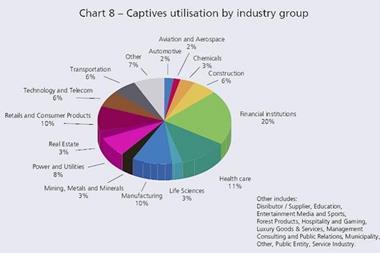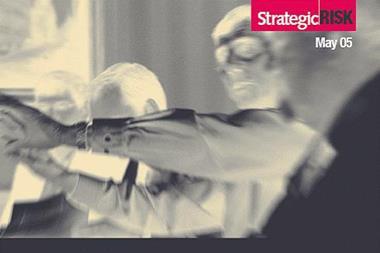A study of captives worldwide has revealed that a significant proportion are significantly more capitalised than their levels of risk assumption require
A study of captives worldwide has revealed that a significant proportion are significantly more capitalised than their levels of risk assumption require, and many are not optimising their structure to their full potential.
The Marsh report, which surveyed one-third of the captives owned by publicly identifiable groups globally, found that many captives are choosing to retain their underwriting profits rather than return excess earnings to their shareholders. ‘A lot of captive earnings are retained and built up in the captive over the years,’ explained Jonathan Groves, head of captive consulting for Marsh in Europe, the Middle East and Africa (EMEA).
“Captive owners are also prepared to take on more risks.
Captive owners are also prepared to take on more risks. The analysts found that captive insurers represent 20% of the world’s P&C insurance spend. Groves added: ‘Typically, captives will insure high frequency, low severity events, but what we have seen in third generation captives is a move into less frequent, high severity events across the board. They are taking more risks.’
US companies own 57% of the world’s captives. UK, French and Swedish companies are, respectively, the second, third and fourth most prolific owners of captives, the report found.












No comments yet